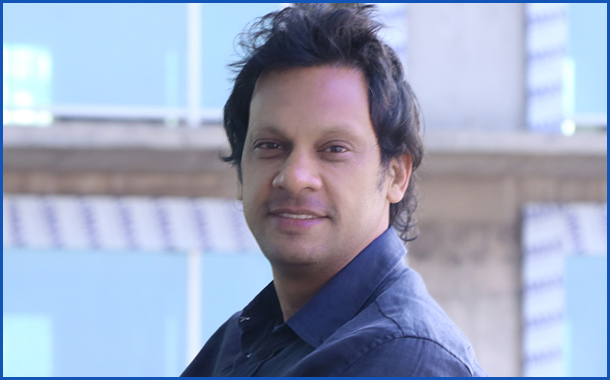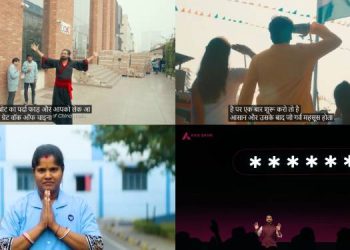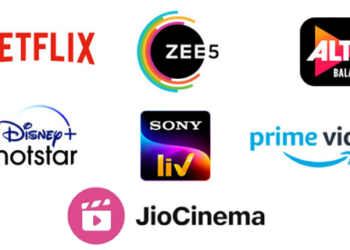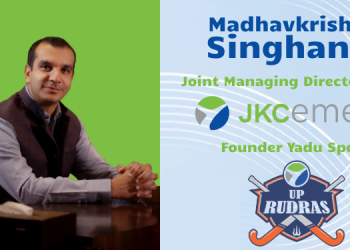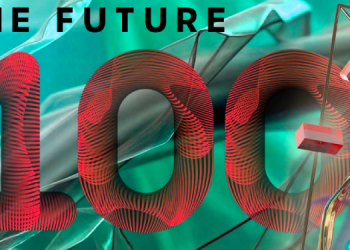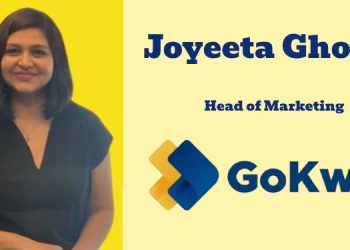By Pankaj Krishna, Founder & CEO, Chrome DM
In 2013, a motley group of aspiring artists switched presenting their commentaries on the world around them on podcasts to a visual medium. Today, some 234 million views and 2.5 million subscribers later, we know them as AIB. If you were to ask them, they would agree that they owe their careers, or at least large parts of it, to social media. If you ask their audience, who or what had been the first source of information on the group, the majority in all probability would point towards social media.
The eruption ofsocialmediaall-around virtually triggered an explosion in the world ofentertainment andcontent. the days of linear content, to limited content of infotainment and niche English entertainment for the more discerning audience, the big disruption byYouTube and Facebook among other social media,has redrawn the content as well as content maker landscape.Social media in fact isthe most apt example of how new-age communication technologies can shape contentwhich is eclectic and unique at the same time. The assorted composition of social media populations coupled with a more informed user base on the back of rising education and literacy levels has further altered the content landscape. Not only is there a greater demand for more diverse content, in some ways, modern communication itself has become entertainment. Never in the history of communication have so many conversations happened simultaneously on a single platform. the content maker’s standpoint, the leap amateur user to professional content creator has now become an industry itself.
As social mediagraduates being a purely social network to one of an interconnected universe of users, content creators, advertisers and not least, businesses and brands, for new-age content producer, it brings in three inherent advantages. First, it provides a much cheaper platform for publication unlike traditional mediums. Second, it provides greater reach among different target groups of audiences. And third,the traction on social media platforms has led to mushroomingofhomegrown production houses raking in money and viewers both. In fact, by reinvesting money earned social media, many rookie content producers have become regular production houses overnight.With the accelerated uptake of smartphones in a steadily digitalizing India, purely digital-based content production houses have emerged including TVF, Sandeep Maheshwari and ChuChu TV Kids Songs, to name a few. The rising popularity of these new-age content producers has even had brands flocking to them for tie-ups. For instance, Freecharge partnering with AIB for the latter’s blockbuster Emotional Atyachar programme, or Red Label collaborating with YRF to launch India’s first transgender music band. For the brands which were earlier wary of any association with user-generated content for fear of misplaced branding and wrongful association, the maturing of content creators has eased that anxiety and pressure. In a 2016 survey of marketing professionals, it was found that 66% of respondents had reckoned social media marketing as top digital marketingpursuit with 40% of respondents believing that social media updates were the most potent digital activity for connecting with consumers.
When looked through the audience’s lens, not unexpectedly, social media has redefined the idea of ‘peer pressure’. the age-old social phenomenon involving socio-economic competition among peers and friends, the interactive real-time audio-visuals of personal (as well as impersonal) content has people curious and aspiring for similar content like never before. In another words, content consumption has become synonymous with lifestyle choices and social mobility.Coupled with rising internet penetration, the digitization of TV has already laid the ground for both premium English content and mass-based regional content for Indian audiences. Since the onset of digitization of channels in the first phase in Nov. 2012, the viewership of English entertainment channels has risen by 40% implying that the tier I and II towns are also aspiring for international content. The almost doubling of number of children in English medium schools in recent years is another strong indicator of that aspiration. Although there is no direct correlation between Hollywood content being more popular now in India only on account of social media, there is no denying that social media has become an integral part of any movie’s over-all promotional and marketing strategy, a trend which has caught on in our own Bollywood and other regional movie industries.That 45% of online users are consuming regional language content is a sign of themincreasingly gravitating towards vernacular and regional content.
In a nutshell, social media has not only raised awareness and whetted the aspiration of Indian viewers for a range of new content it has unleashed untold opportunities for a whole new generation of content providers.

